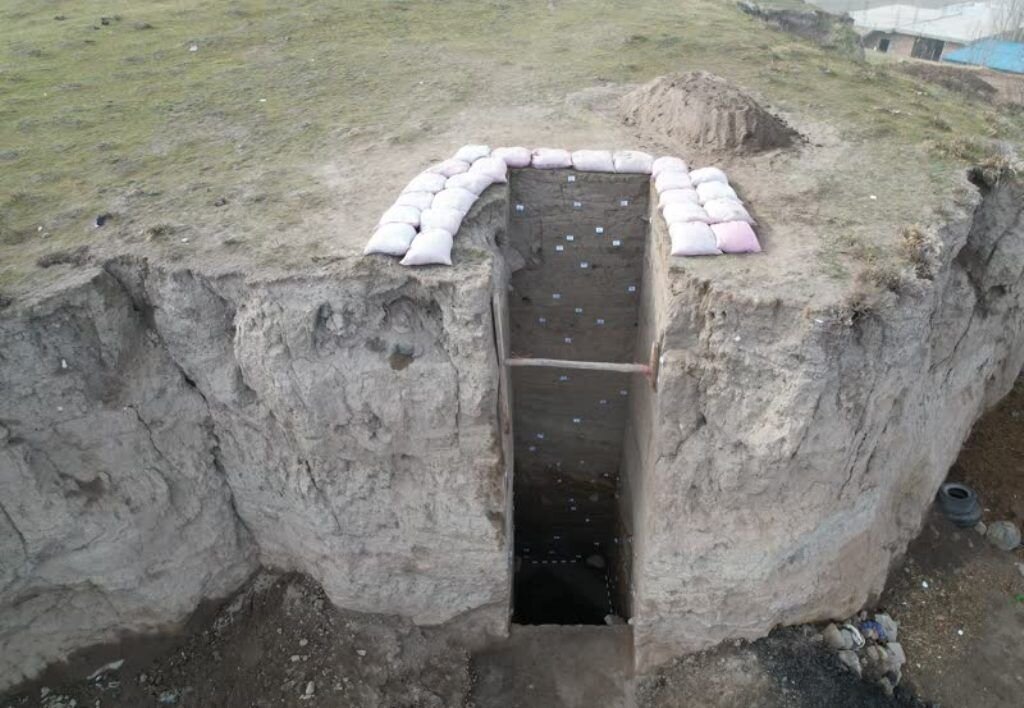Archaeological excavation commences at Tepe Beris in Ardabil

TEHRAN – On Tuesday, Ardabil province’s tourism chief announced the initiation of a fresh archaeological excavation and stratigraphy project at Tepe Beris which is estimated to date from the third millennium BC.
Fariborz Tahmasbi emphasized that previous exploration of this site has revealed various sequences from prehistoric periods in the eastern section of the Tepe Beris.
Architectural structures, metal melting kilns, and thick layers of ash resulting from significant industrial activities constitute the most notable findings from this site, the official said.
Highlighting the significance of the discovered artifacts at Tepe Beris, Tahmasbi continued: “Preliminary studies on the findings obtained from the stratigraphy of this site indicate that Tepe Beris can be considered a third-millennium BC.”
The current dig, which marks the second phase of studies at Beris hill, is estimated to take 45 days.
Situated in Namin country, the site has been registered as one of Iran's national monuments and is considered one of the few large ancient sites in the Ardabil plain.
The excavation at Tepe Beris reflects ongoing efforts to preserve and explore Iran's rich cultural heritage, offering a window into the past that helps piece together the puzzle of human history in the region.
Situated on a high, windswept plateau, Ardabil is well known for having abundant natural beauty, hospitable people, and its silk and carpet trade tradition. It is also home to UNESCO-registered Sheikh Safi al-Din Khanegah and the Shrine Ensemble. It is freezing in winter and mild in summer, attracting thousands every year.
AFM
